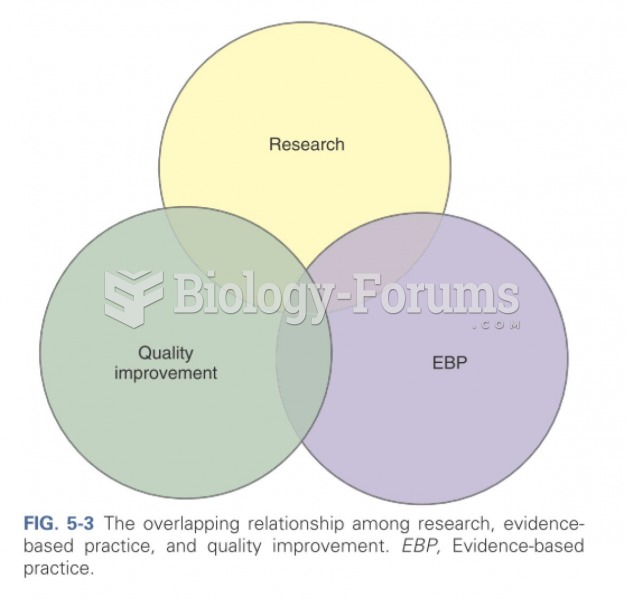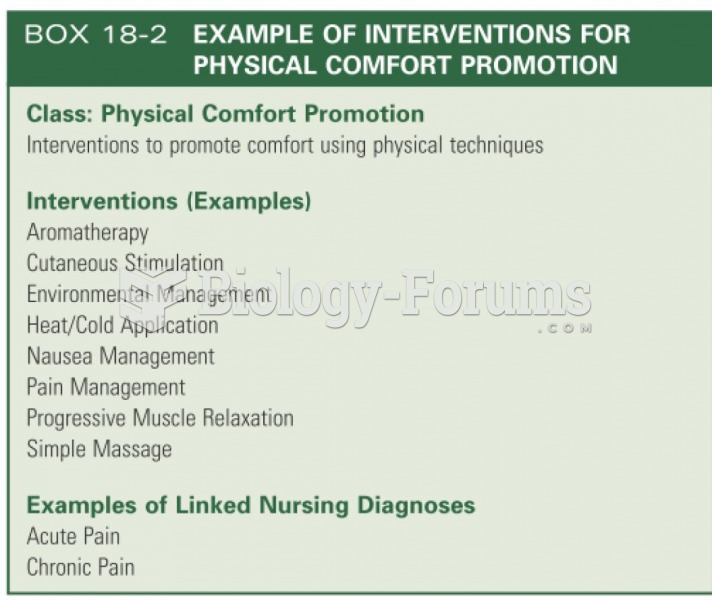Answer to Question 1
It appears that there is substantial evidence for the efficacy of physical exercise as a strategy to reduce anxiety and depression, even in clinical populations, with the effect being greater for depression than anxiety. Exercise also seems to counteract insomnia and buffers the physiological effects of stress. Further, there is evidence that regular exercise boosts psychological well-being. Optimal mood-enhancing dosage levels of exercise appear to be in the range of the U. S. Department of Health and Human Services' recommendation of a minimum of 150 minutes of moderate intensity aerobic activity spread out over the week. Although there are a number of hypothetical mechanisms explaining these beneficial effects, each has only limited empirical support.
Answer to Question 2
Expectancy effects is one of the methodological issues that investigators face when testing the effects of exercise on psychological states. If participants in an exercise group are given more attention than subjects in other conditions, such as a wait list control condition (i.e., placement on a waiting list for treatment), then will the exercisers show elevations in mood because of their positive expectations and the attention they receive from staff or because of the effects of exercise itself? How can we best differentiate exercise effects from expectancy effects?
Even comparing exercise to an effective anti-depressant medication can be problematic since differences between an effective medication and an equally effective exercise protocol are not expected to be statistically significant. Without a control group for expectancy factors we cannot rule out the expectancy effect's contribution to the outcome for either treatment group. Therefore, we need an adequate prospective design with good experimental controls to determine the efficacy of exercise on these psychological states and conditions. These studies are less common because using more complex and tightly controlled research designs is more costly and labor intensive for researchers.







